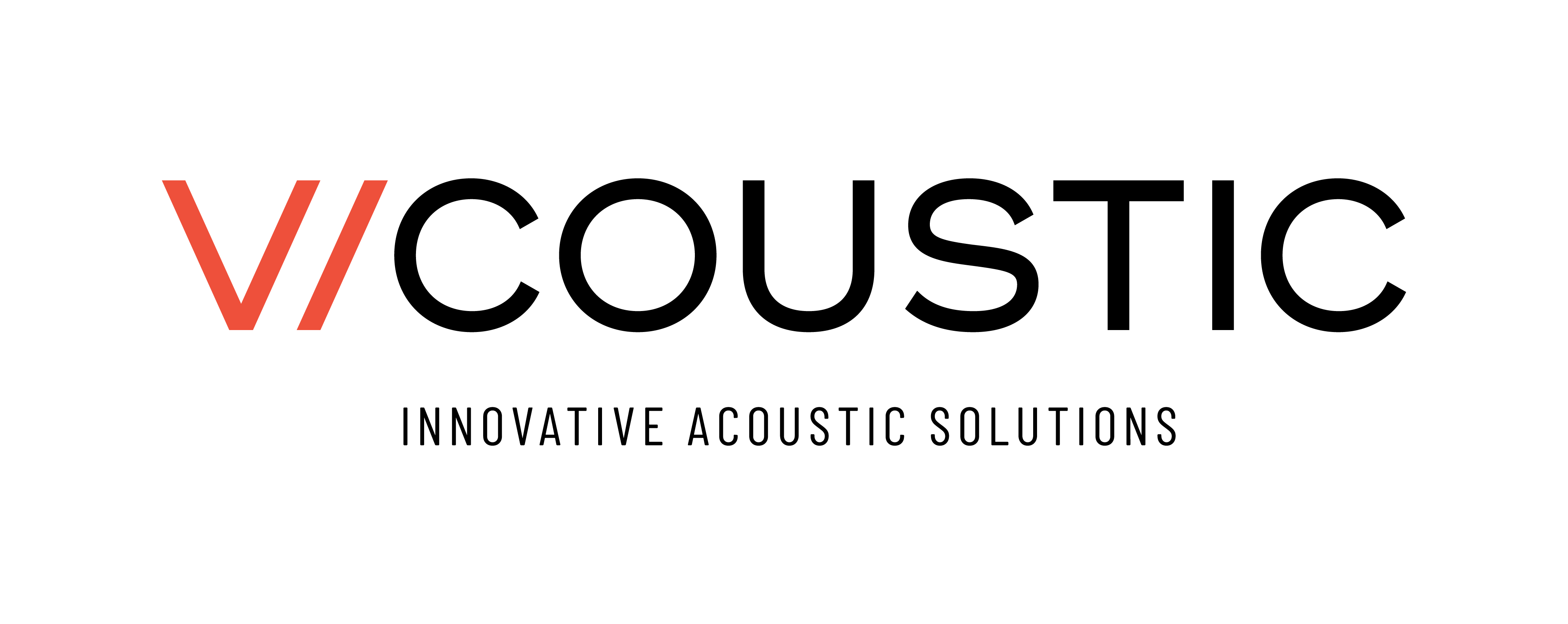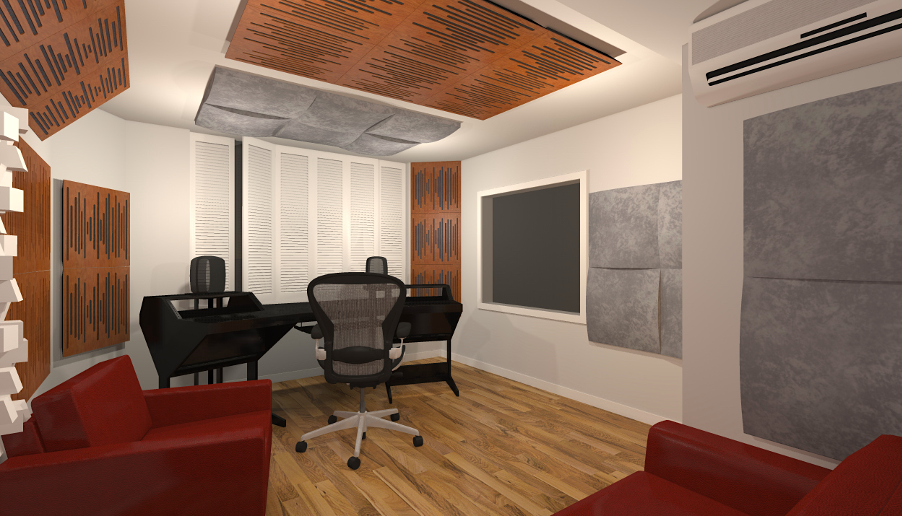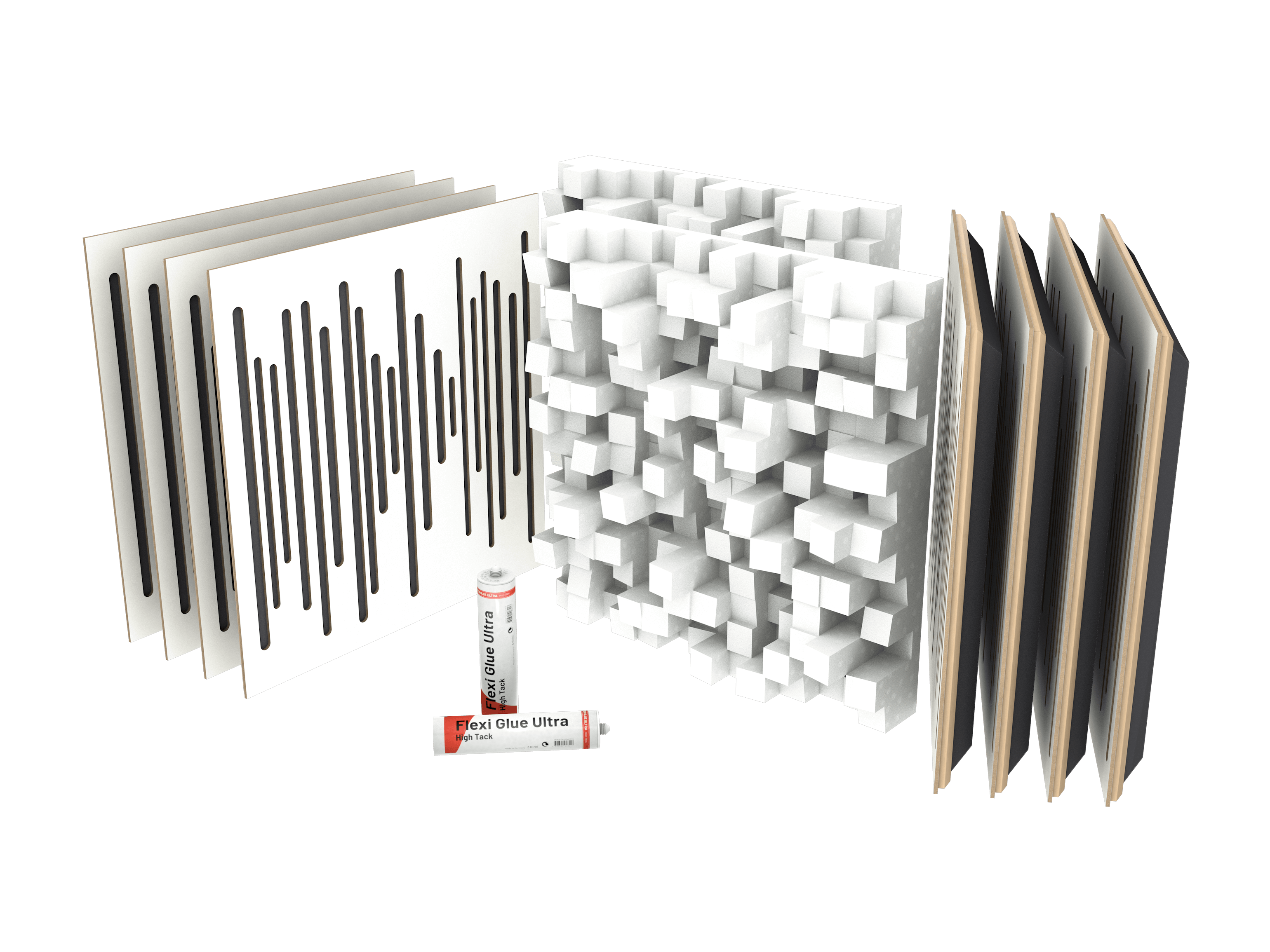Following on from last month’s blog article ‘Bedroom, box room or basement? – Getting the best out of your home studio.’, let’s look at some off-the-shelf acoustic treatment options from our friends at Vicoustic, and delve into how and why they are perfectly designed for home studio environments.
The problem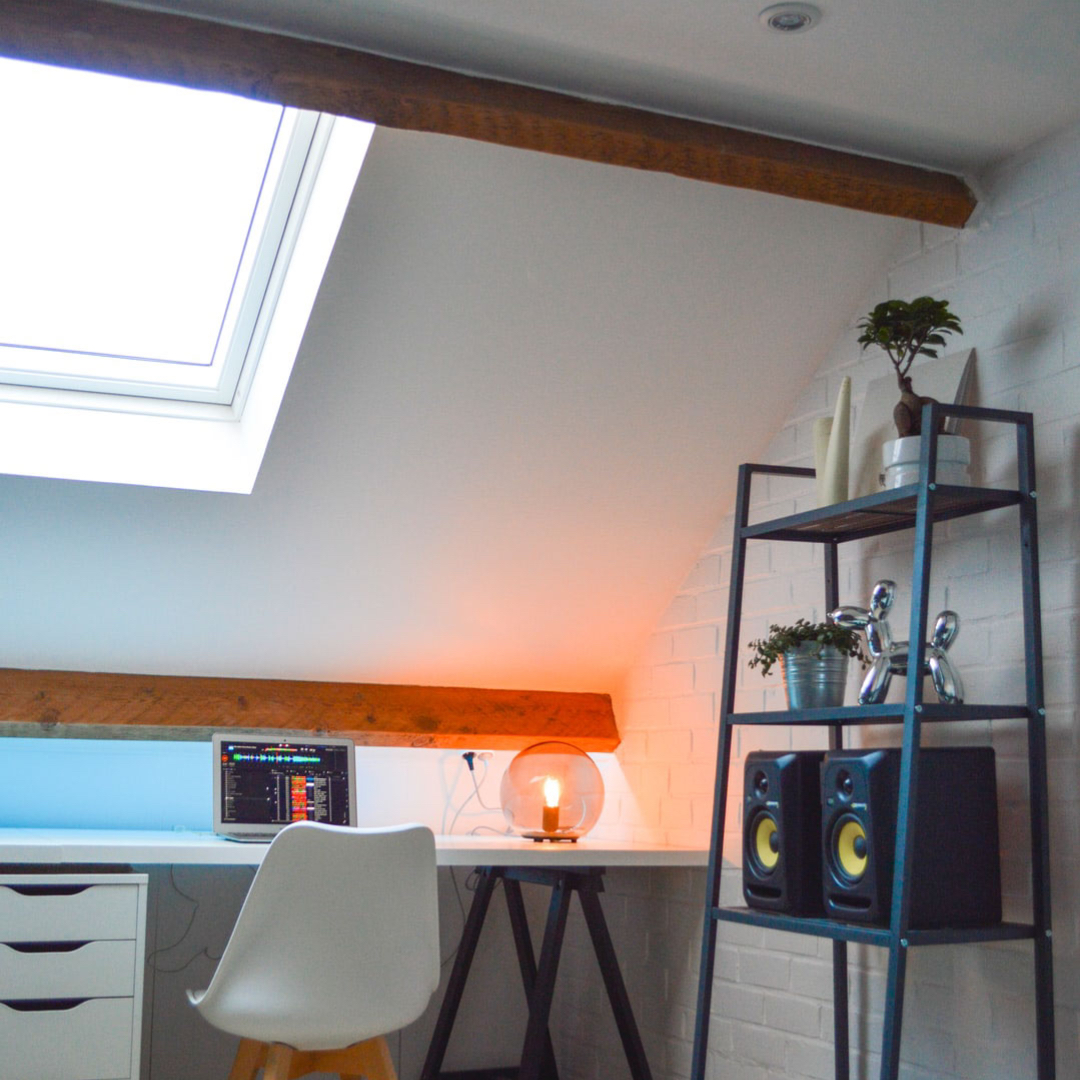
Unless you have the luxury of spending massive amounts of time and money on a custom studio design, you are more than likely going to modify an existing room. This means the dimensions won’t be optimal, the walls won’t be made out of acoustically perfect materials, the isolation will be terrible and so on… these are all factors that we have little or no chance of modifying. However, all is not lost there are ways to turn your imperfect room into a great studio space.
First reflections
Ideally, you want to hear only the direct sound coming from your loudspeakers. This is so you can hear the ambience and nuances of your recordings and the environment they were captured in, not the characteristics and colouration of your control room.
Sound is a pressure wave that travels through the air at 343 metres per second (767mph). We can think of sound travelling in straight lines, being reflected and scattered just like light. It is caused by the mechanical vibration of an object which in turn excites the air around it causing a pressure wave in the air to radiate in all directions from the source. This invisible wave eventually reaches our ear where it excites our eardrum causing three tiny bones in our inner ear to excite fluid which in turn bend hair cells in our cochlea. The hair cells convert the movement into electrical pulses which are transmitted to the brain via the auditory nerve where they are interpreted as sound – clever stuff! Well done evolution!
When sound is reflected from your walls, ceiling, desk and any hard surfaces near your speakers, a slightly delayed version of the signal reaches your ear and combines with the direct sound from the speakers. We hear this as distortion and colouration, and that’s what we want to reduce. We don’t want to get rid of all reflected sound either. For instance, an anechoic chamber is an incredibly oppressive space and not many people can spend too long in one alone! There is a happy medium where you control the reflected sound waves by absorbing the early reflections and diffusing the later reflections to achieve a ‘diffuse field’. Reverberation time RT60 is often used to quantify the characteristics of a room and there is a sliding scale for different applications, low for control rooms and critical listening, high for concert halls and auditoria.
So, what is the solution?
How can we get our studio reproducing audio in the most accurate way possible, for a fraction of the cost of Abbey Road?
Vicoustic offer an incredibly versatile range of on-wall and in-room treatment to suit your budget. With the release of the VicStudio Kit, now their treatments are available to home studio owners in a way that makes improving the sound of your room that much easier.
We recently used exclusively Vicoustic panels to upgrade a previously untreated studio in the heart of Soho. Let’s take a look at which solutions we applied and the reasons for choosing each product.
On the advice of Vicoustic, who provide a bespoke design service starting from 50 Euros per room, we applied a mixture of:
Cinema Round Premium
|
 |
Wavewood
|
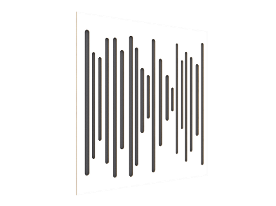 |
Multifuser Wood 64
|
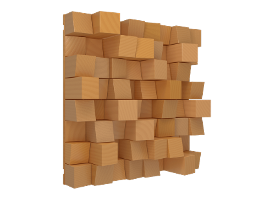 |
Super Bass Extreme
|
 |
As I mentioned above, first reflections are the most troublesome and need to be dealt with as a matter of priority. For this reason, we started with:
Cinema Round Premium – a traditional absorber made from dense foam which disrupts the path of each sound wave and converts its energy into a tiny amount of heat. These panels were placed on the side walls at 90 degrees to the listening position and the ceiling above the console. Ideally, you would also place absorbers on the front wall behind the speakers to control all the first reflection points in the front half of the studio, however, as you can see in the render above, this room has been compromised by the outdoor windows to the front of the room and the VO booth window the right of the console. Effective solutions for this problem could be heavy drapes which can be deployed when either window is not required, or angled glass panes on the studio side, directing any reflected waves away from the mix position.
Wavewood – a hybrid absorber with a rigid front membrane utilising a diffraction grating pattern to give the panel some diffusion characteristics as well as absorption. Moving backwards from the mix position, Wavewood panels were applied to the ceiling to scatter some of the early reflections rather than absorb them completely. The VicStudio kit comes with eight Wavewood panels which will take care of early reflections as well as make the room look great.
Multifuser – a modern two-dimensional quadratic residue diffuser which reflects sound waves in many directions using angled surfaces, and diffracts waves incident on the diffuser’s element boundaries. These Multifusers were used on the back wall of the studio to scatter the reflected waves with the longest paths, taking the edge off the reflections, but keeping some life in the room. While the VicStudio Treatment Kit does not include the Multifuser Wood 64, it does come with two units of the Multifuser DC2, which are easy to mount and leave your studio looking polished.
Super Bass Extreme – an extremely versatile corner mounted membrane absorber, combining the hybrid diffusion characteristics of the Wavewood panel as well as an internally mounted membrane. This absorbs low frequency sound by converting it to vibrations in the membrane, which is damped by high-density foam These panels are most effective in corners where you find pressure doubling phenomenon from adjacent walls.
Using Vicoustic panels made treating this studio a breeze. Vicoustic’s modular design and versatile range of options meant that we could tailor both the acoustic properties of the studio and give the client a range of finish and colour options to keep in line with the look and feel of their facility.
If you’d like to explore adding some Vicoustic treatment to your studio, office or recording space, give HHB a call to discuss bespoke options, or check out Vicoustic’s VicStudio Treatment Kit.


